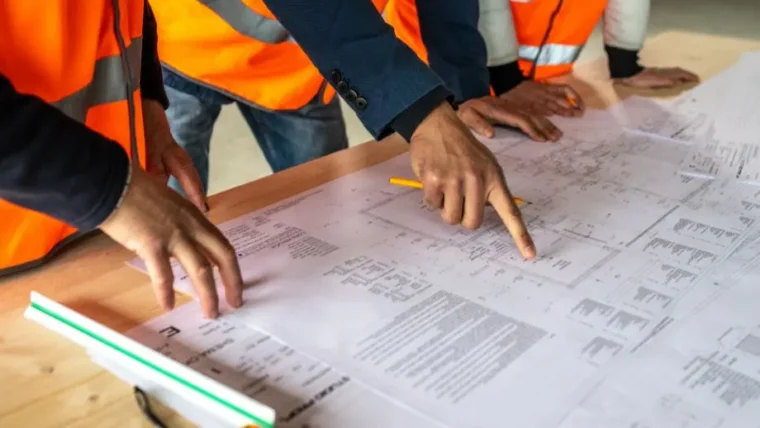Submitted your ESOS compliance? What now?
3 February 2016

By now you should have completed your ESOS energy saving audit and submitted your compliance to the EA. This, along with maintaining an evidence pack is the extent of your legal obligations, but what about after that? Can your organisation get benefits beyond compliance? This blog will explore the options.
The Energy Saving Opportunity Scheme (ESOS) was introduced to help organisations become more energy efficient through auditing and identifying energy saving opportunities. The scheme applies to organisations or corporate groups with at least 250 employees and/ or an annual turnover exceeding €50m and a balance sheet exceeding €43m. Any organisation that met these requirements on the 31st December 2014 must complete an ESOS audit and prepare an ESOS Evidence Pack. Following this, companies had to declare to the Environment Agency (EA) that they’d completed their audit by the 5th December 2015. For those companies that couldn’t make this deadline, the EA allowed an extension until the 29th January 2015, as long as they had been notified of the delay by the 5th December.
Know what you’re consuming
Every organisation tackles energy differently. For some, they will have spent time and resources exploring energy saving options already, for others, they will barely have looked at energy at all. Part of the ESOS audit involves looking at consumption within a year period. For some organisations this is really easy, a case of pulling up the correct spreadsheet and corresponding invoices. For others, this can be difficult and time consuming. There may be missing data, missing invoices, consumption figures may be estimated, the list goes on. Without knowing what you are consuming, it can be very difficult to demonstrate reductions and savings. For anyone in this position, the first step after ESOS compliance is to get a handle of what you are consuming and paying for, especially if your audit is based on estimates and benchmarking. This may take a year of accurate data collection.
Look at your savings opportunities
The whole point of your audit is to recommend energy saving opportunities but there is no legal requirement to implement them. However, there could be some gems in there with the potential to save a lot of energy (and money). Some of these will be quick wins and others will require larger investments. Even for those companies that have already looked at energy efficiency, there may be new opportunities not previously considered.
Energy efficiency should be embedded into your business. Engaging and educating staff and getting the Board on board are great, low cost starting points. Look at staff behaviour, process loading and temperature control. For more adventurous opportunities, you may need to look at building a business case for investment. You’ll need to look at the benefits, the return on investment and why your organisation should invest in these energy efficient options, not every opportunity will work for every business. And don’t forget about transport, there could be some significant wins there too.
Track your progress
Recording everything that you have done is essential. Keeping great records of energy consumption, keeping action plans to improve energy efficiency and re-assessing as you are going along will make sure you are continuing in the right direction. Make sure you can prove real-life savings and greater efficiency through this process.
ESOS is a compliance requirement, if you are an organisation of sufficient size, you have to do it. But that doesn’t mean that’s it, you can certainly glean some fantastic opportunities that would be worthwhile for your business and go beyond compliance. To identify those opportunities, you need to ask yourself a couple of questions first:
- Do you have enough reliable data to look at saving energy? If you don’t, your first job is to get a baseline and quantify your data reliably.
- Does your ESOS audit recommend anything that is easy to implement? If it does, look at that first.
- Are there any recommendations that are larger investments but could have significant savings and benefits? Then look at doing a cost benefit exercise and seeing if you can implement them.
Once you’ve decided how to use your ESOS audit, don’t forget to track your progress to show improvement. Another option for taking ESOS further is implementing an energy management system and looking at ISO50001, but we’ll discuss that in our next blog.









